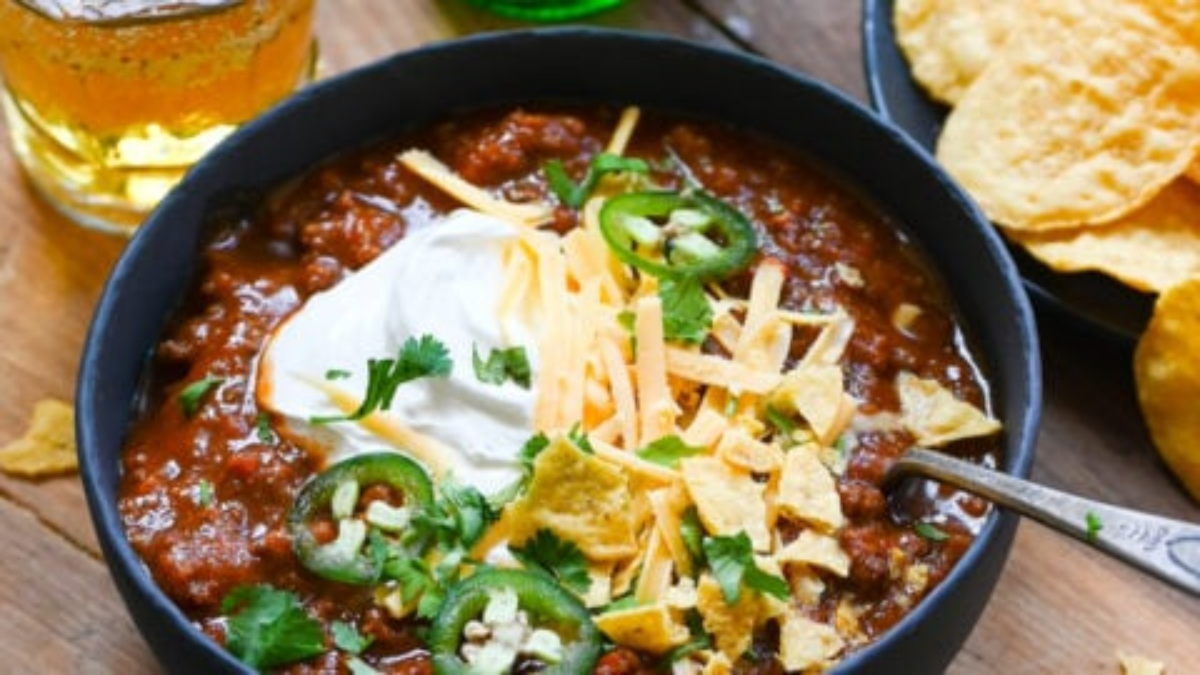French Fries Around The World: Unique Takes On A Classic Snack

French fries, or “frites,” are universally loved and served as a snack, side dish, or main course in countless variations. Originating from Belgium or France, depending on who you ask, these crispy delights have traveled the globe, adapting to local tastes and ingredients. From the streets of New York to the markets of Tokyo, French fries have been reimagined in exciting ways.
In this article, we explore the diverse takes on French fries around the world, showing how different cultures have embraced and transformed this iconic snack.
The Global Appeal of French Fries

French fries are more than just a snack; they are a global culinary phenomenon. Their simple ingredients—potatoes, oil, and salt—have been elevated in countless ways, giving birth to unique variations in every corner of the globe. Whether served with exotic spices, combined with regional vegetables, or dipped into flavorful sauces, French fries have taken on new life in different cultures.
France: The Origin of the Classic
The French Fry’s Birthplace
While the exact origins of French fries are debated, many believe they originated in Belgium, where street vendors began frying potatoes in the late 1600s. However, it was in France where the name “French fries” was popularized. In Paris, during the late 19th century, they became widely served at bistros and cafes.
Traditional French Frites
In France, “frites” are traditionally served as thin, crispy fries with a golden exterior and soft interior. They are often paired with steak (steak-frites) or enjoyed as a street snack in a paper cone with mayonnaise or a simple vinegar-based sauce.
Belgium: The Heart of Frites Culture
Belgian Frites and Their Importance
In Belgium, French fries are more than just a food—they are a part of national identity. Belgians take their frites seriously and typically double fry them for extra crispiness. The fries are often thicker than those in France and served with a variety of sauces. Belgian fries are usually served in a paper cone, topped with a heaping portion of mayonnaise or a range of other sauces like andalouse, samurai, or curry ketchup.
Fritkots: Belgian Fry Shops

A quintessential Belgian experience is visiting a “fritkot”—a local fry shop where Belgians enjoy their fries in a casual, laid-back setting. Fritkots are a staple in Belgian culture, and their fries are often paired with a cold beer.
The United States: The Fast Food Phenomenon
Fast Food Fries
In the U.S., French fries are commonly associated with fast food culture. The rise of major fast food chains like McDonald’s, Burger King, and Wendy’s has made fries a staple on nearly every menu. U.S. fries are typically thin, crispy, and lightly salted, though different variations exist depending on the restaurant.
Curly Fries and Waffle Fries
American innovation in French fries doesn’t stop at the classic version. Curly fries, often seasoned with a spicy blend of paprika and cayenne pepper, are a popular variant. Waffle fries, with their unique crisscross pattern, are another American creation, offering extra surface area for dipping sauces.
United Kingdom: Chips and Everything Else
The Classic “Fish and Chips”
In the United Kingdom, the classic dish of “fish and chips” features thick-cut fries, known as “chips” in British slang, paired with battered and fried fish. Traditionally, these chips are served in newspaper and accompanied by mushy peas, vinegar, or tartar sauce.
Salt and Vinegar Chips
One of the unique twists in the UK is the use of malt vinegar and salt as the primary toppings for chips. This tangy flavor combination is beloved in the UK and can be found at many fish and chip shops across the country.
Japan: Japanese Fries with a Twist
Sweet Potato Fries and Unique Seasonings
In Japan, French fries have taken on a sweet and savory twist. Sweet potato fries are a popular variant, offering a naturally sweeter taste and vibrant color. Japanese fries are often served with unique seasonings such as wasabi, teriyaki, or nori (seaweed), making them a flavorful experience.
Fries as a Side to Sushi
In Japan, fries are also sometimes served as an accompaniment to sushi. This fusion of two distinct food cultures highlights the adaptability of French fries and their potential to pair with virtually any cuisine.
The Netherlands: Patatje Oorlog
A Dutch Favorite
In the Netherlands, French fries are commonly known as “patat” or “frites.” A popular variation is “patatje oorlog,” which translates to “fries at war.” This dish involves fries served with a combination of mayonnaise, peanut sauce, and raw onions. The creamy, nutty flavor of the peanut sauce adds an interesting twist to the traditional fry, and the raw onions offer an extra layer of texture and taste.
Latin America: The Love for Papas Fritas

Papas Fritas and Street Food Culture
In many Latin American countries, French fries are a staple street food. In Mexico, fries are often topped with chili powder, lime, and hot sauce, creating a bold, spicy flavor. In Colombia, “papas fritas” are commonly served as a side dish to grilled meats, along with salsa and fresh avocado.
Venezuelan Arepas with Fries
In Venezuela, French fries are sometimes added to arepas, a type of cornmeal cake stuffed with various fillings. The combination of crispy fries inside the soft, warm arepa creates a delicious contrast of textures.
Middle East: Fries with Flavors of the Region
Spiced Fries in the Middle East
Middle Eastern cuisine is known for its rich use of spices, and French fries are no exception. In countries like Lebanon and Egypt, fries are often seasoned with a mix of cumin, paprika, garlic, and coriander. This flavorful twist offers a Middle Eastern take on the classic.
Shawarma and Fries
Another popular dish in the Middle East is shawarma, and fries often make an appearance alongside it. The fries are typically served as a side or even wrapped inside the shawarma pita, creating a hearty and satisfying meal.
Also Read : Homemade Pasta Sauce Without Added Sugar: A Healthy Twist
Conclusion
French fries are more than just a side dish—they are a beloved snack and comfort food worldwide. Each culture has added its unique twist to this humble creation, from Belgium’s double-fried “frites” to Japan’s wasabi-seasoned sweet potato fries. The global variations of French fries reflect the adaptability of this snack and how it can be tailored to suit different tastes, preferences, and culinary traditions.
Whether paired with fish in the UK, seasoned with chili in Mexico, or served with mayonnaise in Belgium, French fries continue to evolve while maintaining their place as a universally adored food.
FAQs
Where did French fries originate?
The exact origins of French fries are debated. Some claim Belgium is the birthplace of fries, while others argue they originated in France. However, both countries have strong culinary traditions involving fries.
What are Belgian frites?
Belgian frites are thick-cut fries that are double-fried for extra crispiness. They are often served with a variety of sauces, including mayonnaise, and are a staple of Belgian cuisine.
Are French fries served differently around the world?
Yes, French fries are served with a variety of toppings and seasonings around the world. For example, in the UK, fries are served with fish and vinegar, while in Japan, sweet potato fries are popular, often seasoned with wasabi or teriyaki.
What is “patatje oorlog”?
“Patatje oorlog” is a popular Dutch dish that consists of fries topped with mayonnaise, peanut sauce, and raw onions.
Can I make international versions of French fries at home?
Yes! Many international variations of French fries, such as spiced fries from the Middle East or sweet potato fries from Japan, can easily be made at home using ingredients like cumin, paprika, and sweet potatoes.




